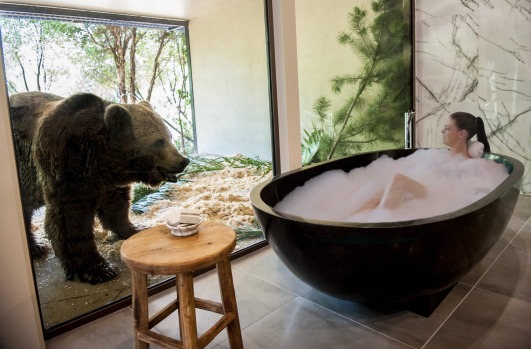Packing for a long hike can be tricky from a supply perspective. There is a real need for food when on the trail, but every last thing needs to be carried by the participant, meaning that the food will also weigh more for them.
The way that the bag is packed can vastly improve how effective a person is when on the trail. Weight distribution and space considerations are highly important to consider.
Although it may seem like there may be an unavoidable and painful amount of weight involved, there is some good news about the packing experience. First of all, the weight that is associated with food is something that lessens over time.
This is because the person will eat the goods while going, so the weight that is on their back will be greatly reduced as they go over a period of time. In a way, this is something that makes for a ratio experience, because as the participant gets tired, they also will have less of a load to carry.
The other good news is that food can be put away in vacuum sealer bags. These seal a meal bags can be used to create meals and snacks and then compress them and flatten all of the air out of them.
This saves on both the overall mass and weight of the goods, and makes it much easier to both pack and access them. These bags are sometime vital when on a long hike, because of their simplicity of use and how they do not require any other objects to get into them.
For example, many people carry cans along with them when they are hiking. Most of the time, cans are chosen because they are sealed and they have a resistance to breaking open.
However, cans are very heavy, and they often require other tools in order to open them. The physical mass of the can weighs a lot by itself, but the extra tools can also add unnecessary pounds.
When one is hiking every extra pound can be felt and it can greatly slow the experience. As such, streamlining the experience and reducing the overall profile of the goods that are involved in the process can be life saving in nature.
Vacuum sealer bags are therefore something that can make packing much easier in nature. People should consider setting up meals and putting them away in the bags ahead of time, and the order that they are packed should also be considered.
A good way to set things up is to have snacks at the top of the pack, and to have more in depth meals more secured so that they can be accessed during a long stop or stay. It is recommended that food is placed based on how perishable it is, and how it can be stored within.
It is important to mention during this time that the rest of the gear should be securely snuggled into the pack, while the food is double bagged and secured so that it cannot get over the rest of the gear. This isolation help keep things clean and accessible.
For example, placing mashed potatoes or vegetables in one bag and sealing it keeps those ingredients fresh and uninterrupted by the things. However, if the meal is a salad or stew like substance, then things can be more freely mixed, because that is what would happen during the course of the meal.
Fruit can also be brought along, as long as it is properly contained and isolated away from other things. Essentially, unique component of the goods can be separated in the bag and placed next to each other.
Good snack ideas include trail mix or dried fruit. The best things to have along for snacks are easily accessible things that can be quickly eaten on the go.
As stated, these can be placed at the top of the pack to get the maximum effect. This will allow the participant to continue hiking, and will allow them to make stops without having to go through the trouble of tanking everything out.
Packing for a long hike requires the participant to know for how long they will be going, and how much they will need to consume. They will have to put away the vacuum sealer bags of food and determine how to balance the weight of goods against the need to eat.
Jack R. Landry has been working in the food preservation business for 31 years. One of his favorite products are foodsaver bags . He has written hundreds of articles about food preservation.
Contact Info:
Jack R. Landry
[email protected] http://www.vacuumsealersunlimited.com/About_Us.html



